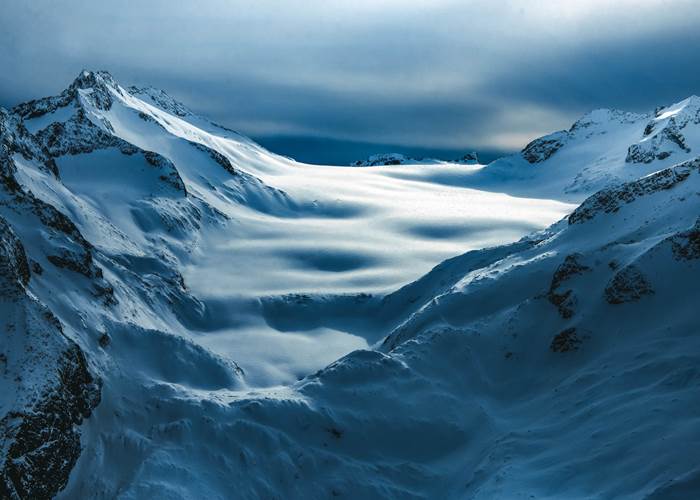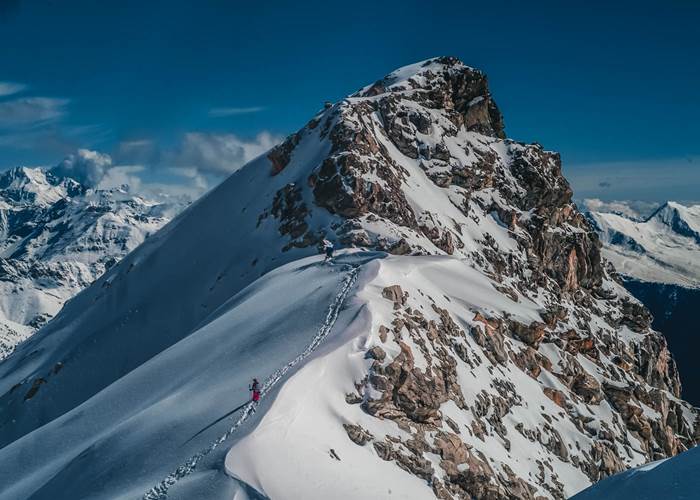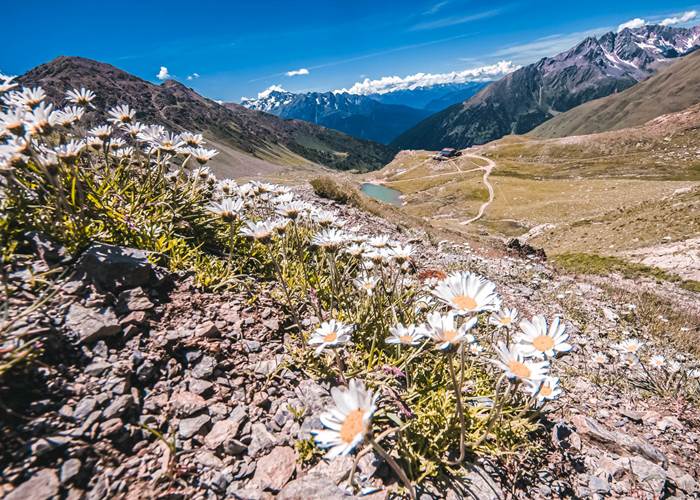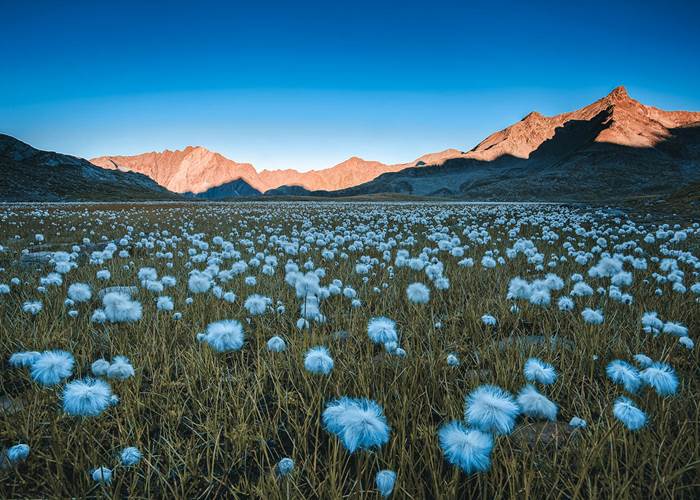The Stelvio National Park
The Stelvio National Park is one of the oldest natural parks in Italy, it was created back in 1935 to protect the area and the valleys of the Ortles-Cevedale mountain group.
The Stelvio National Park covers an area of 130,734 hectares and includes 23 towns belonging to the Provinces of Bolzano, Brescia, Sondrio and Trento; it borders the Adamello Park and the Adamello Brenta Natural Park to complete an extensive protected alpine area.
A large part of this area is at an altitude of more than 2,000 metres above sea level and while trekking it is possible to recognise the signs left by ancient glaciers, as well as encounter protected species and typical high mountain animals.
A dense network of paths take visitors to high altitudes with lakes and large waterfalls that come down from the snowfields; expert Climbers and fit hikers can even climb to an altitude of 3,000 m or venture into the snowfields.
There are also easy excursions like those themed walks dedicated to animals, rural life, geology and climatology.
The peaks of the Stelvio National Park are full of history: here during the First World War the Western Front ran along here and for this reason many trails take visitors to trenches, military positions and war ruins.
- 130,734 hectares of park
- covering 4 provinces and 23 towns
- 1,500 km of paths for trekking and walking
- more than 80 years of history
The Stelvio National Park, excursions and activities with history and nature
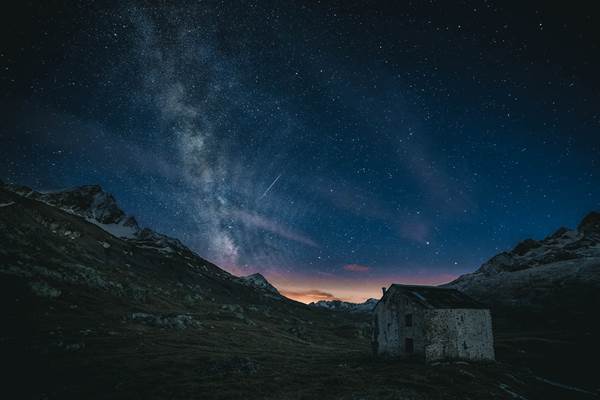
There are 1,500 km of paths inside the Stelvio National Park; water is at the centre of many spectacular walks like the one that leads to the Saent waterfalls and Lake Corvo.
Of particular importance are the themed paths that help visitors to understand the nature of glaciers, such as the Sentiero Glaciologico Basso in Valle dei Forni or the Sentiero del cambiamento climatico in Passo dello Stelvio.
There are also lots of easy walks for all ages like the Percorso del latte e dei masi in Val di Rabbi or the path that leads to the First World War military village Le Buse di Spondalunga.
The Trentino area of Pejo boasts ferruginous water that is used in the thermal centres in the Stelvio National Park : in the winter they provide visitors with special moments of relaxation after a good excursion.
The Stelvio National Park, flora and fauna at a high altitude
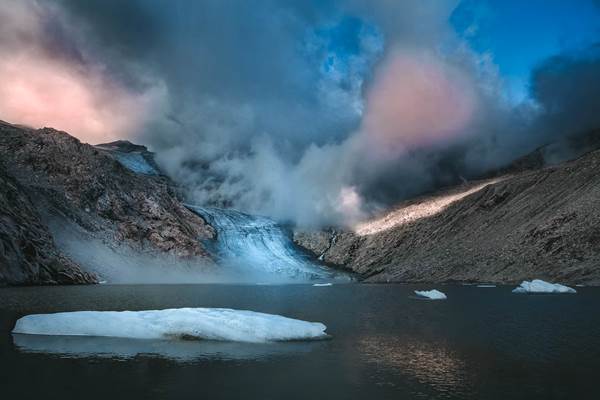
The Stelvio National Park has a large variety of flora and fauna; the size of the area and the different altitudes favour the development of biodiversity.
There are many plant species that populate the valleys and rocky peaks in the Park: spruce and silver fir trees, Swiss pine and larch are the most common conifers; climbing to higher altitudes there are juniper, rowan trees and large patches of bilberries in the undergrowth and high up the mountains. Flowering arnica and rhododendrons provide a stunning spectacle together with the white plumes of Scheuchzer.
Despite the fact that the majority of the habitats in the Park are hostile to life in the colder months an astounding 260 vertebrate species have been identified within it: red deer and ibex, marmots, hares, stoats and large birds of prey like golden eagles and bearded vultures are the most common animals.
Useful information for visiting the Park…
The Park includes a mountainous area with peaks and valleys between the provinces of Bolzano, Brescia, Sondrio and Trento.
It is possible to move around the Park on the roads and then proceed on foot or by bicycle. Public transport and shuttle buses make it possible to reach almost all towns easily.
There is accommodation of all kinds inside the Park: from family hotels up to mountain huts, garnì hotels and apartments.
Camping outside designated areas is prohibited so there are many well-equipped camp sites to use as bases for excursions.
